I intend to find customers who have bought exactly the same products, 
The data I have is customers' behaviors--what they have bought.

The example that I provided is a simplified version of my data. Customers will usually buy 10 to 20 products. There are around 50 products that consumers could choose to buy.
I am really confused what is an easy way to transform my data into the output that I prefer. Could you please give me any advice? Thanks
Input:
structure(list(Customer_ID = 1:6, Products = c("Apple, Beer, Diaper",
"Beer, Apple", "Beer, Apple, Diaper, Diaper", "Apple, Diaper",
"Diaper, Apple", "Apple, Diaper, Beer, Beer")), .Names = c("Customer_ID",
"Products"), class = c("tbl_df", "tbl", "data.frame"), row.names = c(NA,
-6L), spec = structure(list(cols = structure(list(Customer_ID = structure(list(), class = c("collector_integer",
"collector")), Products = structure(list(), class = c("collector_character",
"collector"))), .Names = c("Customer_ID", "Products")), default = structure(list(), class = c("collector_guess",
"collector"))), .Names = c("cols", "default"), class = "col_spec"))
Output:
structure(list(`Products Bought` = c("Apple, Beer, Diaper", "Apple, Diaper"
), Customer_ID = c("1, 3, 6", "4, 5")), .Names = c("Products Bought",
"Customer_ID"), class = c("tbl_df", "tbl", "data.frame"), row.names = c(NA,
-2L), spec = structure(list(cols = structure(list(`Products Bought` = structure(list(), class = c("collector_character",
"collector")), Customer_ID = structure(list(), class = c("collector_character",
"collector"))), .Names = c("Products Bought", "Customer_ID")),
default = structure(list(), class = c("collector_guess",
"collector"))), .Names = c("cols", "default"), class = "col_spec"))